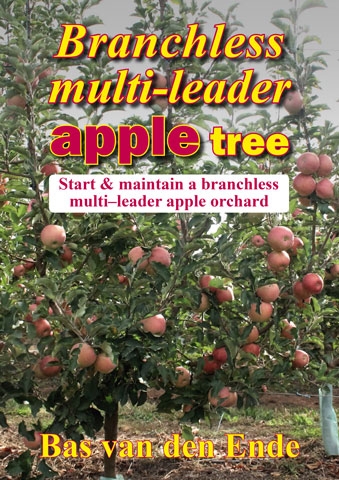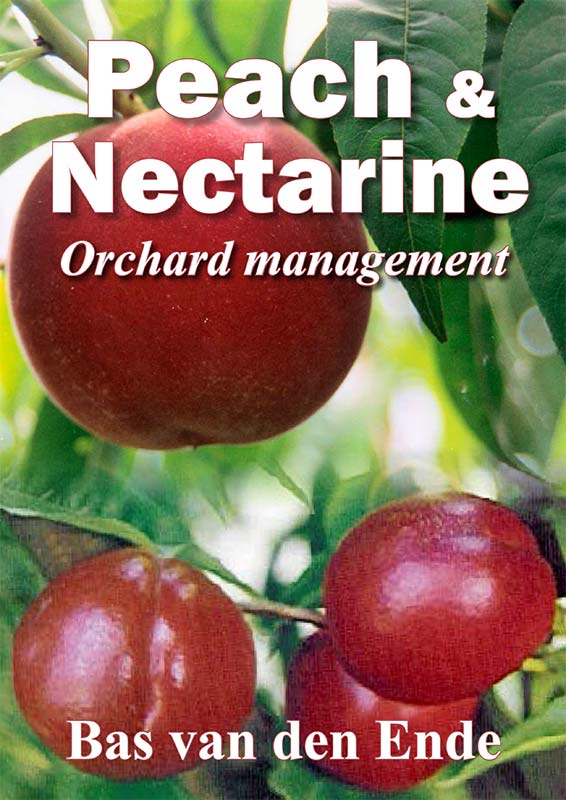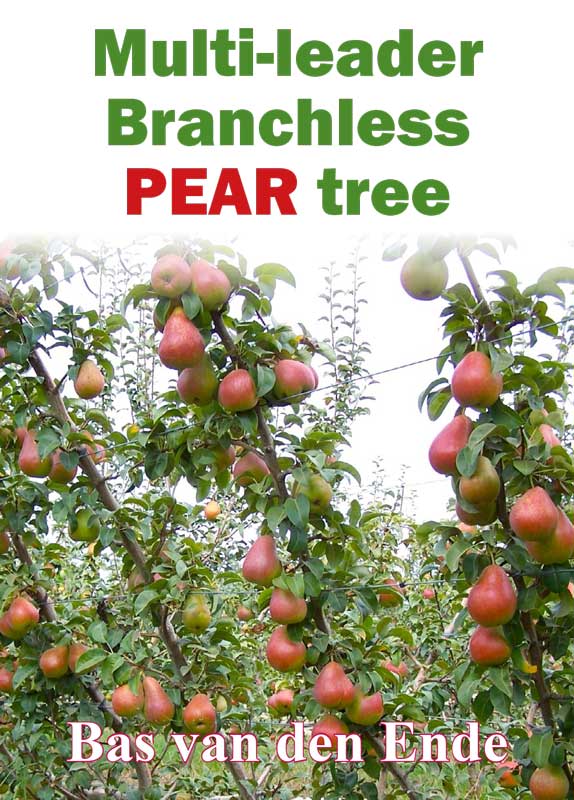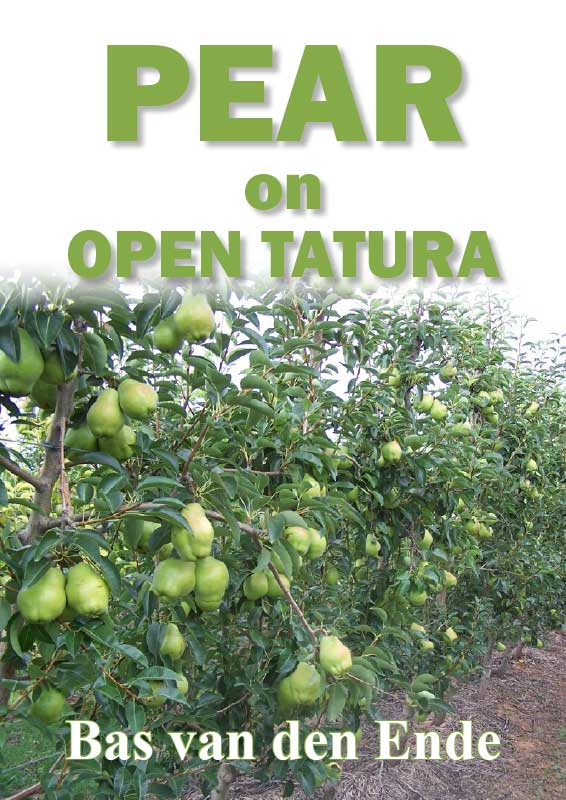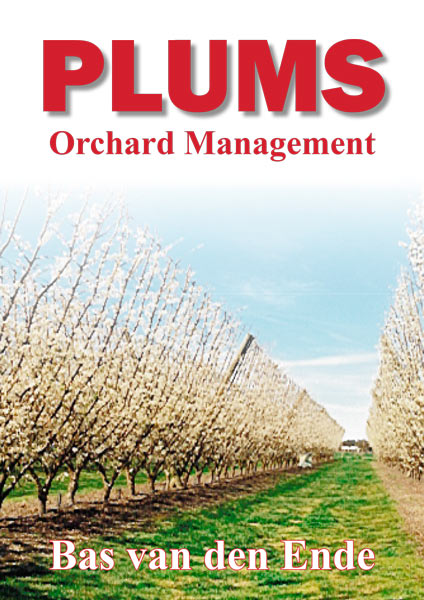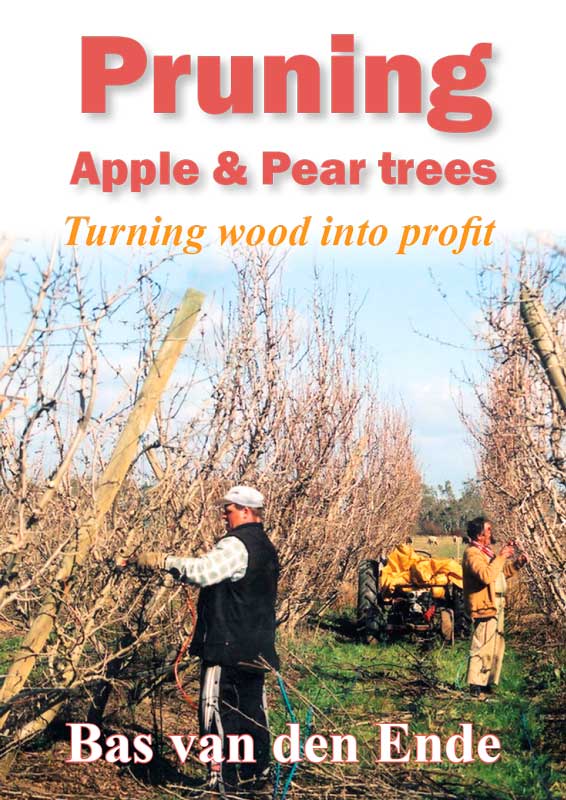Understanding the mechanisms involved in flowering and fruit set can help orchardists to manage crop loads, resulting in improved yields, fruit quality and returns.
Blossom thinners (continued from last issue)
Ammonium thiosulfate (ATS): ATS works by desiccating or burning the style and stigma of the flower, thus preventing pollination and fertilisation.
While leaf damage does occur with desiccants, the degree of damage that occurs when using the recommended rates does not affect fruit development, size or quality. It should also be noted that the degree of desiccation can be influenced by temperature, with higher temperatures resulting in greater desiccation.
Application timing is critical to achieve a satisfactory level of thinning. The chemical must be applied when sufficient flowers have already been fertilised to give a good crop load—in apples this can be as early as 20% bloom.
Multiple applications are recommended—the aim is to remove the later-opening flowers. In cultivars with an extended flowering period, such as Gala, three applications might be necessary.
Armothin: Desiccant. Useful for cultivars that have an extended flowering period.
Ethephon: Ethephon can be a vigorous thinner, completely removing weak spurs or depleting fruit positioned low on the tree.
Complete fruit removal: ethephon can be used at 40–50 days after full bloom (dAFB) to remove damaged crops, e.g. by hail. This not only saves removing the crop by hand but has a positive effect on return bloom.
Naphthalene acetic acid (NAA): While NAA can thin most cultivars between full bloom (FB) and 21 dAFB, the earlier it is applied the better the response in fruit size.
NAA promotes vegetative growth—advantageous in green apples such as Golden Delicious or Granny Smith, but a disadvantage in red apples where extra vegetative growth shades fruit, inhibiting red colour production.
NAA interacts with plant bioregulators containing the gibberellins GA4 + 7. Hence it is not compatible with formulations such as Cytolin® when applied at the normal recommended rate.
However, if the rate of NAA is reduced to 3–4 ppm, then a Cytolin/NAA program works well.
Lime sulfur: Desiccant, suitable for organic orchards.
Post-bloom thinners
6-benzyladenine (BA): BA works most effectively following treatment at flowering with one of the blossom thinners ATS, ethephon or NAA.
It is temperature dependent: the warmer the temperature the more effective it will be.
BA is suitable for IPM programs as it is not persistent or toxic. It can also increase fruit size independently of the thinning effect and might increase fruit firmness.
Carbaryl: Carbaryl is regarded as a mild thinner and usually only removes the slower growing fruit within bunches.
Carbaryl is temperature dependent, requiring warm dry conditions for effective thinning. The warmer the temperature the greater the thinning effect.
It can also be used on trees where using a primary thinner is not warranted, either because the trees are young or because of sparse blossom buds.
Metamitron: Metamitron acts by temporarily inhibiting photosynthesis, targeting the weakest fruit within a cluster.
It is rainfast within two hours, is non-persistent and has no effect on beneficials. The thinning effect is dependent on radiation with a stronger effect under reduced light (cloudy or under netting).
Thiram: a protectant fungicide that has a slight thinning effect when applied after petal fall, but its effect is mild and can be unreliable.
Thiram improves the efficacy of carbaryl when tank mixed.
Chemical thinning
All chemical thinners have some disadvantages (Table 1) however, despite these limitations, a chemical thinning program produces markedly superior results to hand thinning, both economically and in terms of tree physiology.
The most effective chemical thinning programs combine blossom and post-bloom thinners. A sequential spray program allows lower chemical quantities to be used at each timing, thus reducing the risk of over thinning. If the chemical thinners have been effective, then all that should be required is a subsequent light hand thin to remove damaged fruit or break up any remaining bunches.
Benefits of chemical thinning
To achieve good thinning and fruit quality, all chemical thinners need to be applied at the appropriate physiological stage and under the climatic conditions best suited to each chemical.
Choice of thinning chemical is important, as some cultivars do not respond well to some chemicals.
Netted orchards
Fruit set in trees under hail netting tends to be lower than uncovered trees.
Due to the lower light levels, chemically thinning netted trees often induces greater fruitlet drop, hence care should be taken to avoid over thinning.
(continued next month)
Download the Orchard plant protection guide
See this article in Tree Fruit Sept 2020



